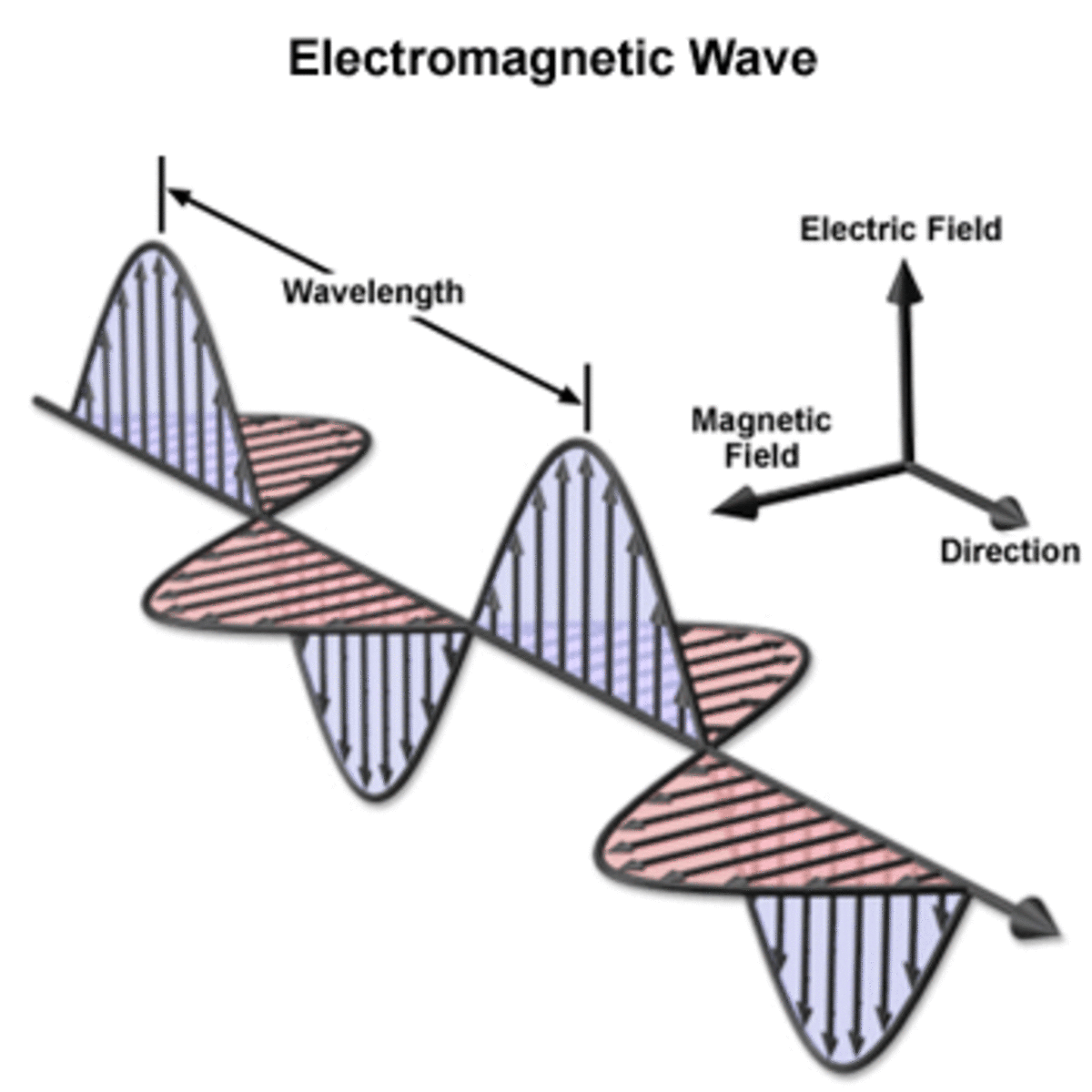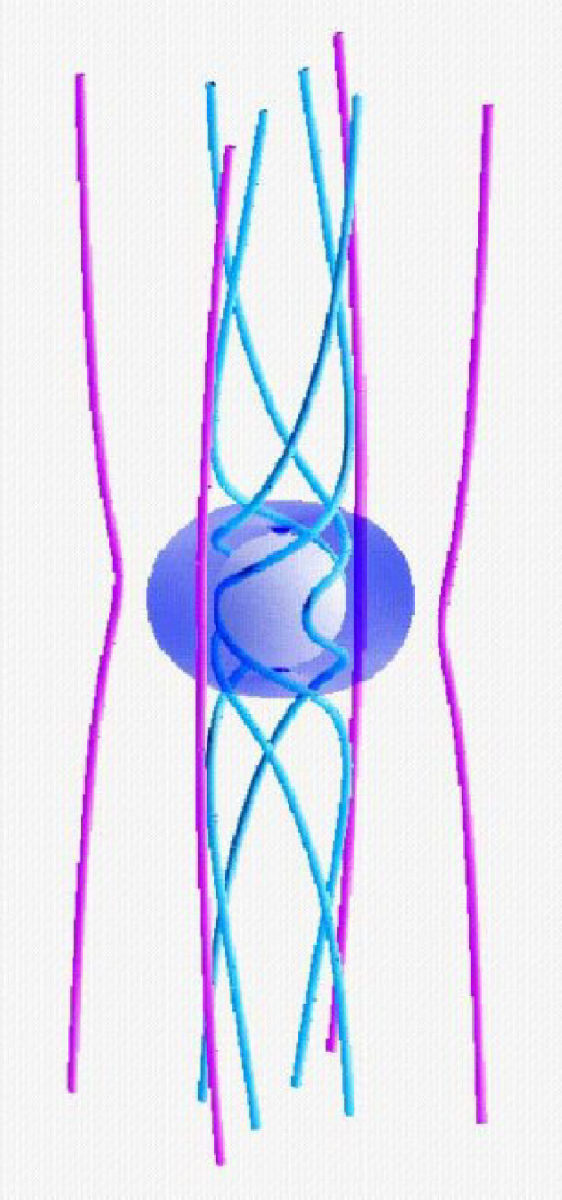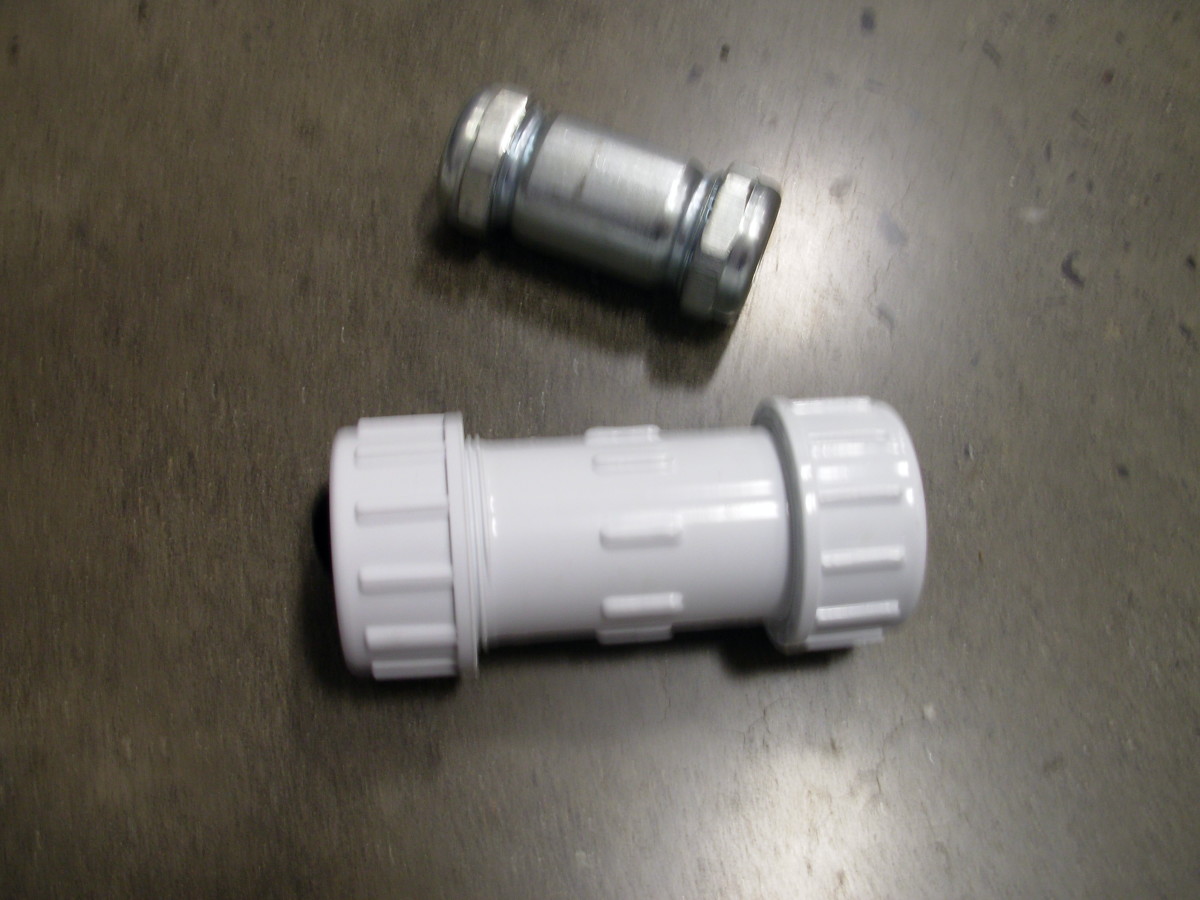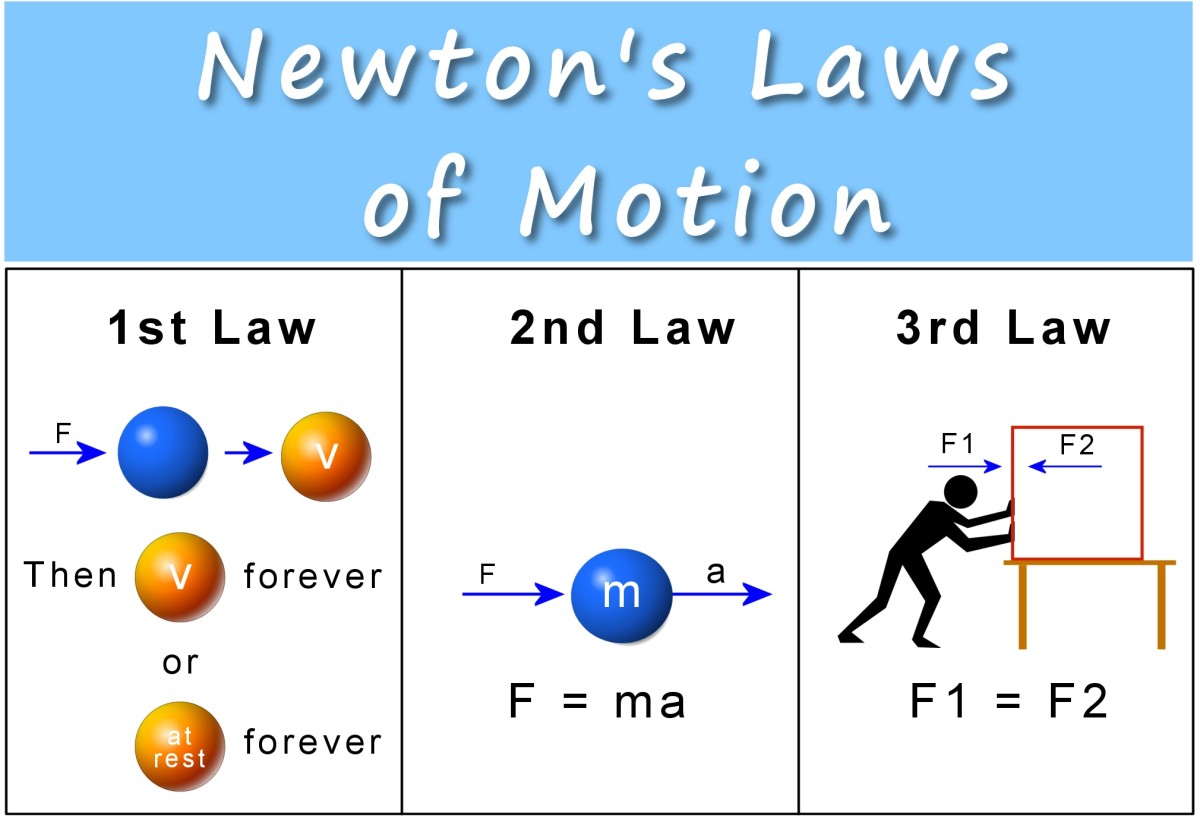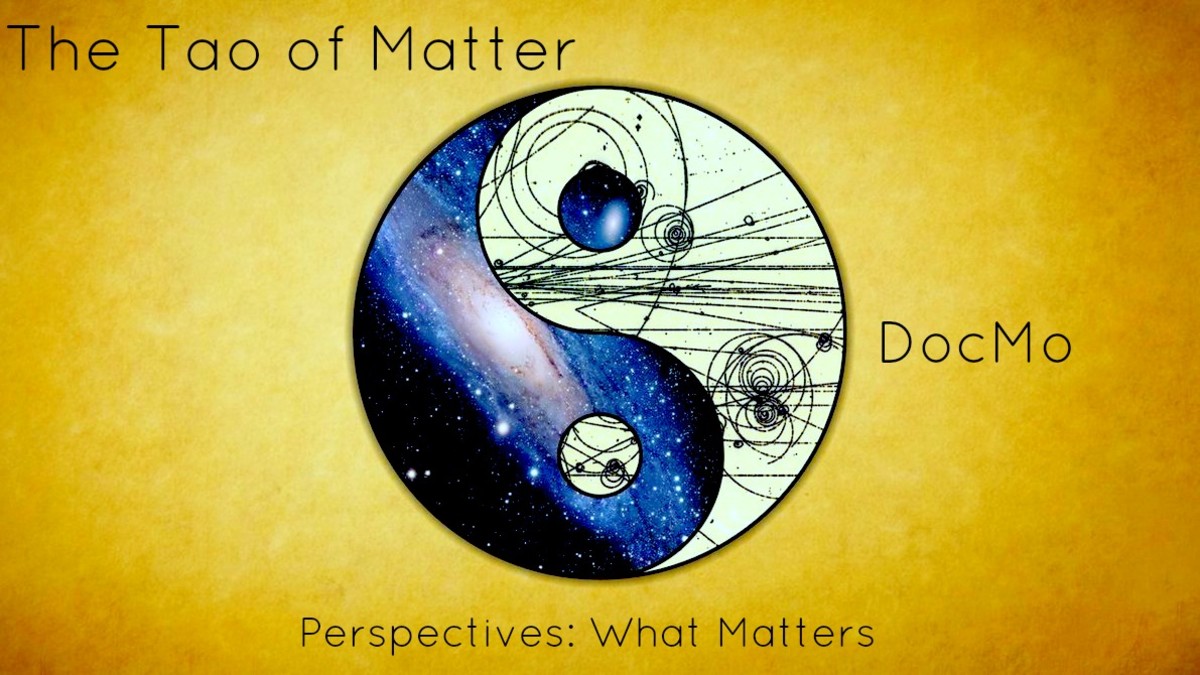Ways Electromagnetic Interference Couples
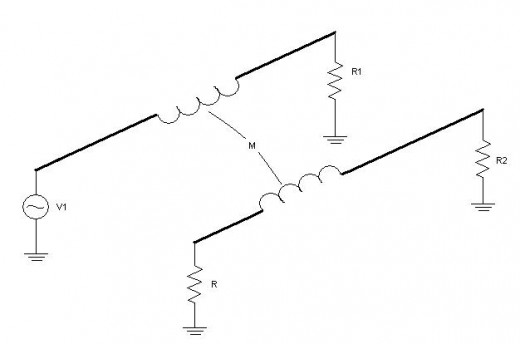
Previously, we described what causes electromagnetic interference, abbreviated as EMI. Now we will look at ways that this phenomenon makes its way from its source to a victim circuit / component.
There are four basic ways that an electromagnetic ‘noise’ can be coupled to (or received by) another circuit. Think of it this way – how can you get from New York to Oregon? You can travel by land in a car or on a bike (if you’re up for that,) you can catch a flight and soar across the country, or you could even take a boat out onto the ocean if you have the time, money, and patience. Electromagnetic waves can propagate from one point to another in the same vein; that is, through multiple paths. Here are the four ways EMI waves couple from a noise source to another component or circuit known as the victim:
1) Conductive Coupling – This is the easiest form of coupling to understand because it is straight forward. If a device creates a high frequency pulse, such as a power supply switching on or off, the current pulse caused by the switch will be seen on the lines. Conductive coupling is when there is a direct, hard-wired connection between the source and victim, whether the connection is a 4/0 AWG cable or an Ethernet cable. During product compliance testing, it is typical to test for conducted emissions first with the reason being that if the noise is removed from the incoming/outgoing cables and noise ‘loop areas’ are reduced, then radiated emissions will thereby be reduced to manageable, if not passing, results.
2) Inductive Coupling – This is no different than what you’ve read about in college. When two conductive loops are within proximity of one another, inductive coupling will take place through the wonder of magnetic fields! Current flowing in one conductor will create a magnetic field (left hand rule or right hand rule, dependent upon which hand you use to operate a fork or scratch your head) that then induces current flow on a nearby conductor. This coupling mechanism is intensified or attenuated by adjusting the ‘loop area’ of the noise source conductor.
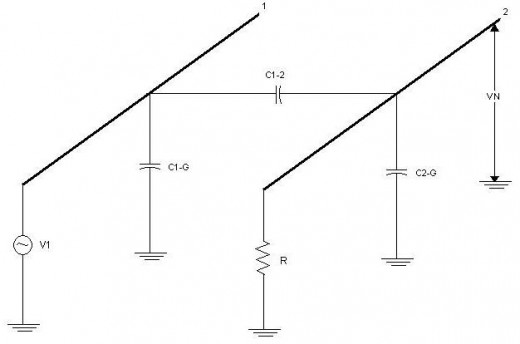
3) Capacitive Coupling – When a conductor has alternating current flowing within it, a potential difference will exist between it and any nearby conductors. This creates an electric field, or capacitive coupling. The victim transmission line, cable, or trace will see this potential difference and current flow will occur. Much like inductive coupling, proximity is key to how well a noise source can couple through this method. Often it is advised to keep cables/traces separated by a rule-of-thumb distance of three times the diameter of the cable/trace. Likewise, proper shielding affectively eliminates electric fields.
4) Radiation – The other aspect of EMC testing is measuring radiated emissions from a product. In radiation coupling, the distance between the source and victim are great enough that straight-up electric or magnetic fields will not be a cause for concern. However, with electromagnetic waves, metallic objects will begin to act as antennas, a.k.a. objects that transmit and receive with bold indiscretion for your feelings.
A lesser advertised way of coupling noise but one that still exists is common impedance coupling. When two lines from separate circuits combine into one – the most evident example being a common ground path - both the natural impedance of the line and any additional impedance from common components is seen by both circuits. Current flowing through the common component caused by one circuit will create a voltage change in the other circuit. Think of how voltage across an inductor is calculated: the dreaded V=L(di/dt). Whenever current flows through a wire, especially if it happens quickly, or there is a lot of it, a voltage is induced which can affect the voltage across the load in the victim circuit or cause the reference potential to change in the victim circuit. These problems can be severe and are referred to as crosstalk and ground bounce. In either case, they are forms of interference and only get worse with higher frequencies.
As you can see, electromagnetic interference can be coupled from one circuit to another in just about every way physically possible. Whereas with 60 Hz signals where opening breakers and contacts can quickly move one towards the source of an issue, in the world of EMI space, proximity, and everything conductive are at play. This is another reason why I still have a job. The thrill of working with EMI is that it brings out the most visceral, barbaric desires for hunting within oneself. To see amplified noise levels, to sniff out and find the source, and to alter the system configuration to a point of non-interference is integral to satisfying the Cro-Magnon thirst within me.

